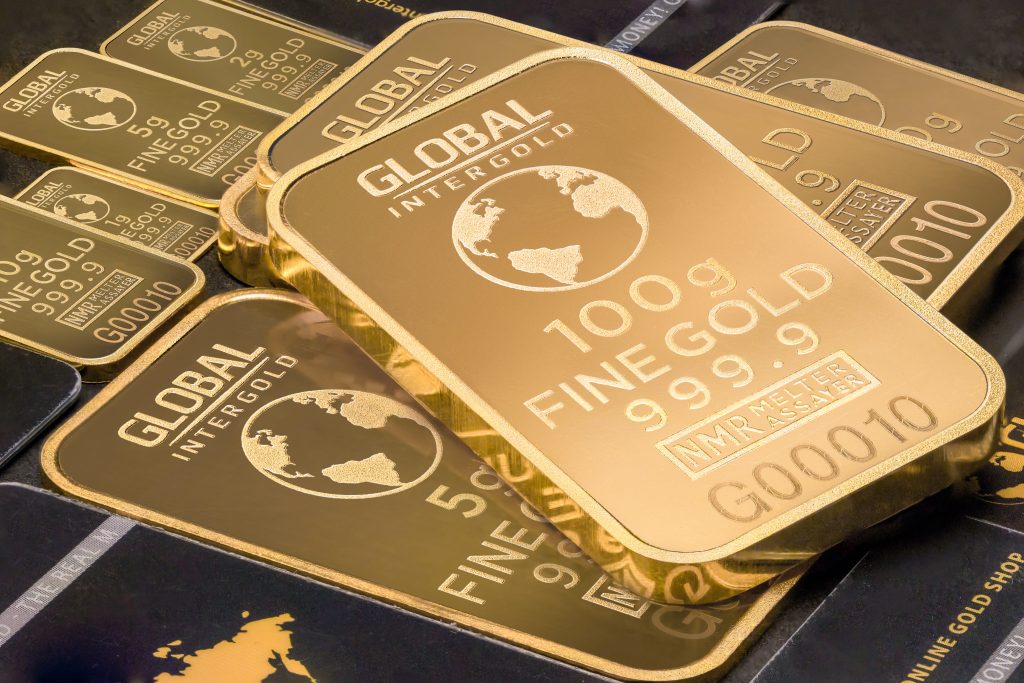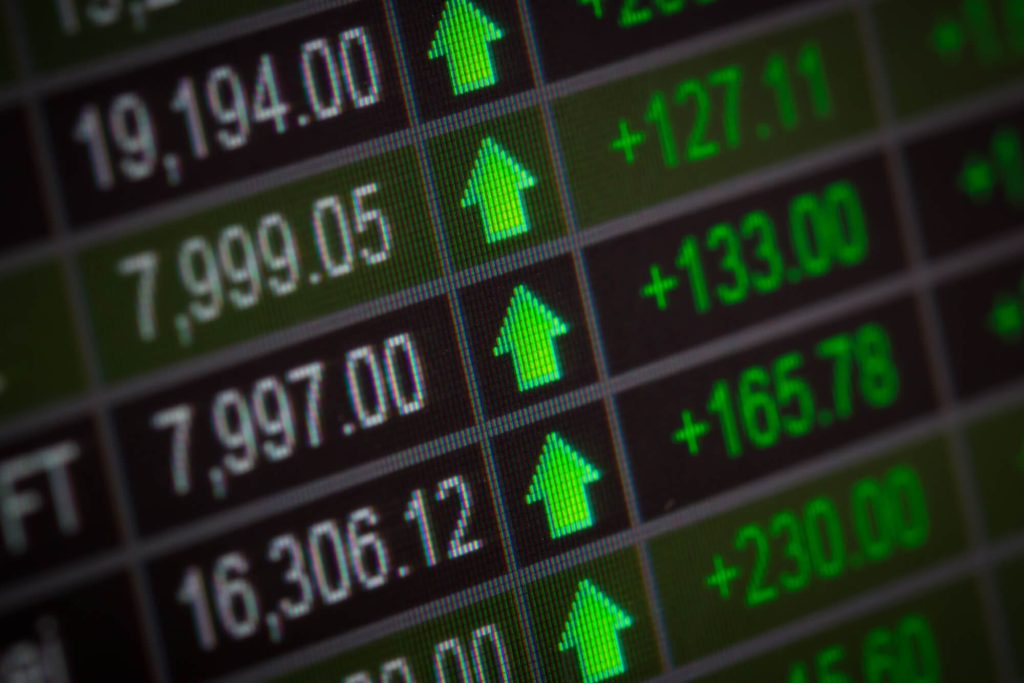What are the reasons for the recent increase in the price of gold?
There are several reasons for the recent rise in the price of gold. The first is due to market expectations that the Fed has entered the tail end of interest rate hikes and monetary policy easing, which has caused the price of gold to rise further. Secondly, the liquidity crisis of Silicon Valley Bank in the United States, including the transmission to European banks such as Credit Suisse, further stimulated the risk aversion of gold prices and pushed up the price of gold. In addition, the central banks large-scale sustained purchase of gold, is also one of the important factors to promote the rise of gold prices.
Experts point out that there are three main factors that determine the short-term price fluctuations of gold, one is the strong and weak trend of the U.S. dollar, the second is the real interest rate of the U.S. dollar, and the third is the impact of special international political and economic events.
For detailed inside information, please refer to the following:
New York gold futures closed above $2,000 per troy ounce for the second consecutive trading day on Tuesday, further extending recent gains, in the early hours of Kuala Lumpur time on May 5.
The most actively traded gold futures, COMEX June gold futures, closed up 1.9% at $2038.20 per ounce, close to its all-time high of $2069 set in August 2020. Silver surged about 4 percent during the session, reaching a level of about $25 per ounce.
Gold exchange-traded funds (ETFs) received about $1 billion in inflows and have seen net inflows in three of the past four months, according to a report from State Street Global Advisors.

Risk aversion pushes up gold prices
According to CCTV news, gold analyst Li Yang said that one of the main reasons for the rise in gold is the market expectation that the Fed has entered the tail end of interest rate hikes, including the easing of monetary policy, so gold prices rose further. At the same time we see in this process, the United States of America’s Silicon Valley Bank, including the transmission to Europe Credit Suisse and other banks liquidity crisis, further stimulated the gold price risk aversion, pushing up the price of gold.
Experts pointed out that there are three main factors that determine the short-term price fluctuations of gold, one is the strength of the dollar trend, the second is the real interest rate of the dollar, and the third is the impact of international political and economic special events.
World Gold Council China CEO Wang Lixin: The dollar is actually a weakening trend so far this year, then a weaker dollar often means higher gold prices. Another factor that affects the price of gold, especially the change in price volatility in the short term, is the change in the real interest rate of the dollar. Now the market on this judgment, mainly the real interest rate of the dollar in fact the future may go to a downward trend, so the gold price relatively speaking has a very good support.
Central banks buy a lot of gold to boost gold prices
For a long time, central banks continue to buy gold on a large scale, experts pointed out that this is also one of the important factors driving gold prices up.
According to the World Gold Council, the net gold purchases by central banks reached 1,136 tons in 2022, the highest annual demand since 1950.
Wang Lixin, CEO of the World Gold Council China: The phenomenon of central banks increasing their gold reserves has been going on for more than 12 years, with each year averaging about 400 tons of increased reserves, but 2022 saw a very large increase, causing the entire central bank reserves to increase to 1,136 tons in 2022.
According to the 2022 World Gold Report, emerging market central banks account for most of the gold purchases. Regionally, the Middle East is one of the most active buyers in 2022. Egypt (47 tons), Qatar (35 tons), Iraq (34 tons), and the United Arab Emirates (25 tons) all increased their gold reserves significantly.
According to the World Gold Council, central banks around the world had 35,362.8 tons of gold reserves at the end of November 2022.
The momentum of gold purchases by central banks continues into 2023. The latest adjusted figures from the World Gold Council show that the world’s central banks bought a net 77 tons of gold in January, up from 31 tons previously, a 192% jump from December last year.
Wang Lixin, chief executive officer of the World Gold Council China: Why central banks increase gold reserves, one of the main purposes is to diversify the composition of their asset reserves, one may be a relative reduction in the composition of the U.S. dollar U.S. debt, increase the composition of foreign exchange reserves of other sovereign currencies. It should be said that more reliable assets, in fact, there is not much choice, gold is a very unique reserve assets.
Zhongtai Securities said, at present, the precious metals major cycle upward trend has opened, the U.S. economy back down is difficult to avoid, coupled with gradually lower inflation, unemployment rate rise, the fastest time for the Fed to raise interest rates has passed, the precious metals major cycle inflection point is established, continue to pay attention to the sector of high growth and resource advantages of the investment opportunities.
Tianfeng Securities believes that the new global supply pattern, gold opened an uptrend. In the epidemic, geopolitical and energy crisis and other ongoing supply shock, the monetary properties of commodities are rising. Gold, in turn, is the commodity with the most monetary attributes, a premium given to gold by the cycle of national fortunes. Central banks are hoarding gold because they don’t trust the dollar monetary system.




